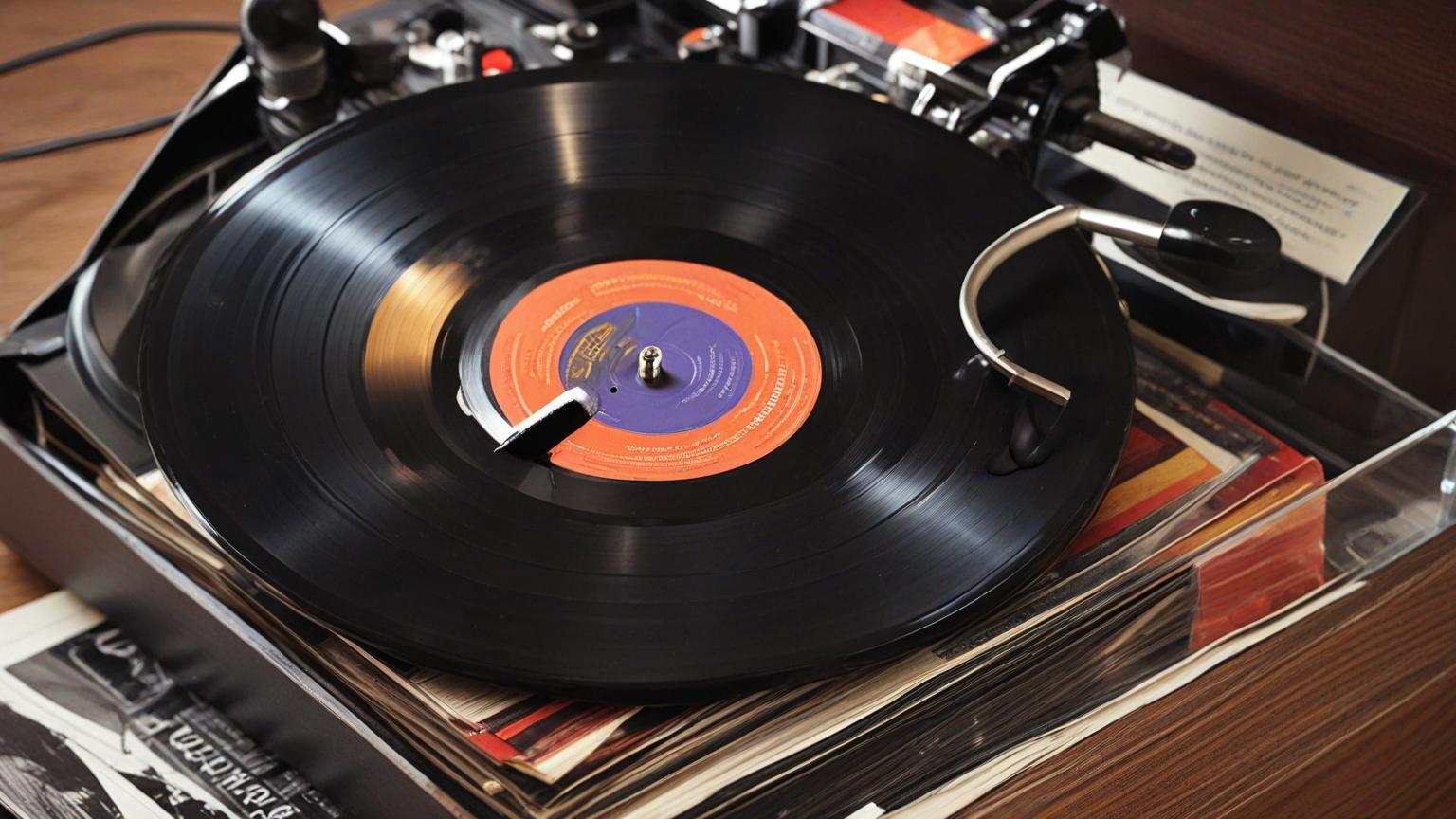In an era where streaming services dominate, the vinyl record has made an unexpected comeback. This resurgence isn't just a nostalgic trip for audiophiles; it's a cultural shift that's influencing how we experience music today. From indie bands to major labels, artists are increasingly releasing their work on vinyl, catering to a growing demographic that values tangibility and sound quality over convenience.
Dive into any record store now, and you'll find a diverse selection that spans genres and generations. It's not uncommon to see teenagers flipping through stacks of records alongside their parents, united by the tactile pleasure of vinyl. This communal aspect of music discovery is something that digital platforms struggle to replicate, making vinyl a vital part of the music ecosystem.
The environmental impact of vinyl production is a topic of heated debate. While the process is resource-intensive, the longevity and durability of records offer a counterargument to the disposable nature of digital music. Fans and artists alike are becoming more conscious of their carbon footprint, leading to innovative solutions like recycled vinyl and eco-friendly packaging.
Vinyl's resurgence has also sparked a revival in album art and liner notes, offering artists a new canvas to express their vision. In a world where album covers are often reduced to thumbnails, vinyl provides a space for creativity and storytelling that enhances the listening experience. This attention to detail fosters a deeper connection between the artist and the listener, something that's often lost in the digital shuffle.
As we look to the future, the vinyl revival shows no signs of slowing down. It's a testament to the enduring power of physical media in an increasingly virtual world. Whether you're a seasoned collector or a curious newcomer, there's never been a better time to explore the rich, warm sound of vinyl.
The underground resurgence of vinyl and its impact on modern music consumption

